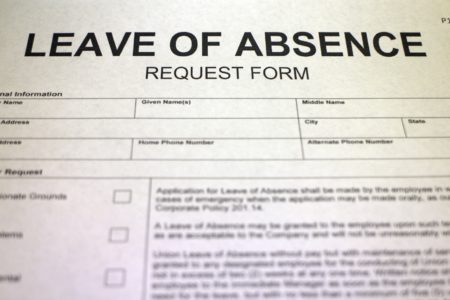
I’m tall: 6’5″. My wife is short: 5’1″ (on a good day). As she likes to put it: “I’m short, but mighty!!” Thus, she should read this blog and be unsurprised that her stature does not give her any rights under the Americans with Disabilities Act. See Colton v. FEHRER Auto. N.A., LLC, No. 4:19-cv-653-CLM, 2020 WL 2132026 (N.D. Ala. May 5, 2020).
Nicole Colton is 4’6″ tall. She was assigned by a temporary work agency to FEHRER’s plant in Gadsden, Alabama. When Ms. Colton was assigned to the assembly line, her short stature limited her reach and her ability to perform the job. Her requests for reassignment to a different position in the plant were refused and she was terminated because she was “not a good fit.”
Ms. Colton sued for disability discrimination under the Americans with Disabilities Act and FEHRER moved to dismiss her complaint. United States District Court Judge Corey L. Maze found that her height did not meet the definition of a “disability.” Importantly, Judge Maze did not rule that all short people are barred from the benefits of the ADA. Instead, he focused on the ADA’s implementing regulations and found that only physical impairments involving “some type of disorder or pathology of the body” qualify for protection. Thus, Ms. Colton’s height was not a “disability,” but a physical “characteristic.”
Judge Maze also rejected Ms. Colton’s argument that she was “regarded as” disabled. To satisfy that legal requirement, she was required to show “that FEHRER perceived that Colton’s height resulted from a physiological disorder or condition, thereby rendering her disabled under the ADA.” But, Ms. Colton possessed no evidence to support such a showing.
Again, it is important to note that Judge Maze did not create a categorical rule denying all short people the protection of the ADA. There are undoubtedly numerous physiological disorders or conditions that can result in decreased height. But, people like my wife, who are just short because of genetics, will not receive protection.








